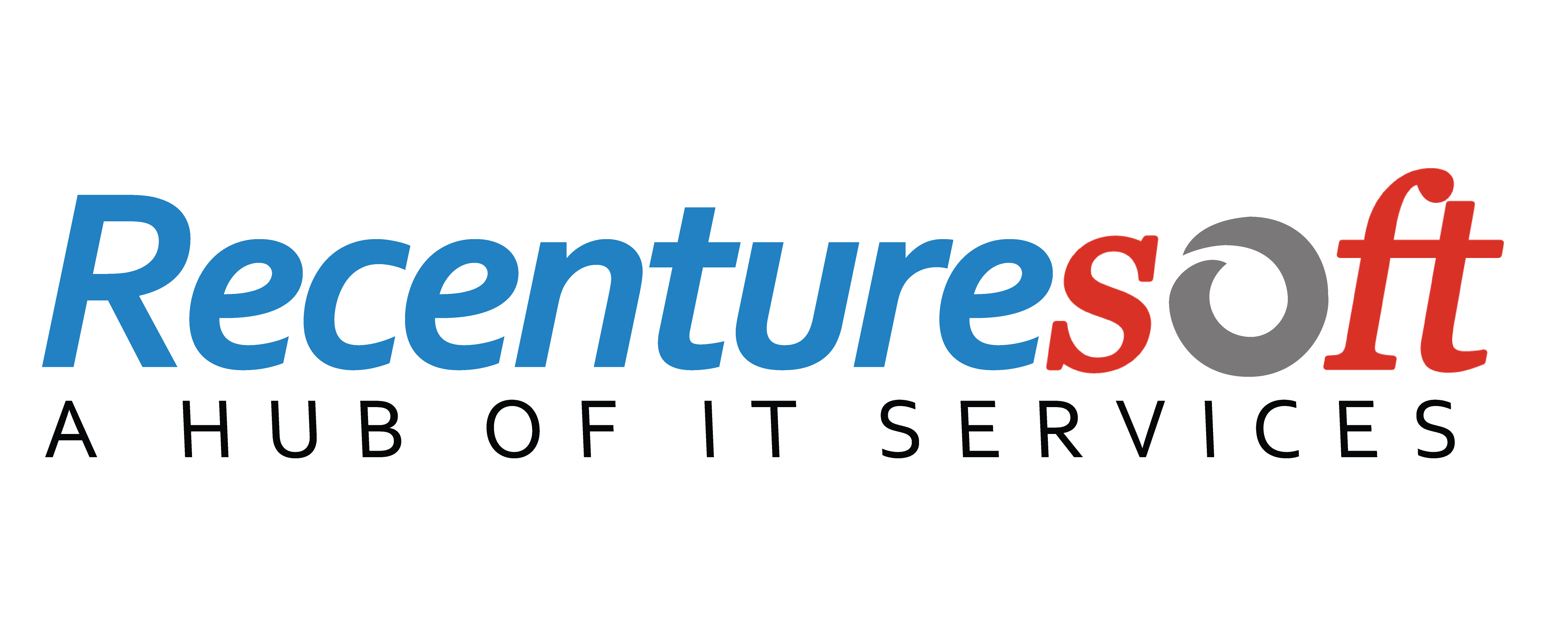Front-end development and back-end development are the two main kinds of activities involved in creating a software application.
The server-side of the application powered by back-end development. A back-end developer is in charge of using the programming language to exchange data between the browser and back-end databases.
The development of both the front-end and back-end of a web application or website called full-stack development. So, what exactly does "full-stack" imply? A software stack is a collection of various components that ensure that a software program runs smoothly.
This category includes software products, patches, coding frameworks, servers, operating systems, database tools, and other items. These components stacked on top of each other to permit user interaction, conduct calculations, and power back-end functions: a "complete stack."
What is the definition of a full-stack developer?
Full-stack engineering necessitates knowledge of both front-end and back-end technologies and a strong grasp of web architecture.
- Obtaining project requirements from clients and stakeholders
- Studying project requirements and developing solutions
- Creating databases and servers
To be a full-stack developer, you'll need a lot of expertise and a deep understanding of software development. Because their experience adds to the entire quality of the software product, full-stack engineers unparalleled assets in a team. They comprehend the design, database administration, and programming languages on a basic level.
So, how do you go about becoming a full-stack developer? We'll go right into the essential skills you'll need to succeed.
Make a list of the skills you'll need to learn
Depending on their prior experience and skillset, each learner's journey will be slightly different. If you're a complete beginner, you'll need specialized training and project experience to become a developer. On the other hand, Hobbyists will have to learn a lot more than professional developers who wish to succeed in their careers.
Make a list of your abilities! If you want to succeed as a full stack developer, you'll need to master the following skills:
- SQL/NoSQL
- Java
- Object-Oriented Programming
- HTML
- CSS
- JavaScript
- DOM Manipulation
Choose your ideal timeline
How quickly do you want to get your first entry-level developer job after finishing your studies? Establishing a concrete timeframe, like your prior talent assessment, might assist you in deciding on your educational path.
Think about the following issues:
- Are you willing to take part-time classes while working full-time?
- Would you prefer a full-time, intensive study that would enable you to find work as soon as possible?
- Would you rather take shorter, skills-based courses or pursue a more formal, theory-based education?
- What educational option will allow you to continue your studies without jeopardizing your responsibilities?
It can be difficult to begin a new fitness program if you've already committed to a full-time job or family obligations.
But it's not out of the question. Consider the adjustments you're willing to make to pursue your goals and plan your educational calendar appropriately.
Begin learning in a format that works for you
There are a bewildering variety of educational options available to immigrants.
We'll go through the main strategies that aspiring programmers use to become marketable programmers and some tools to help you along the way.
There isn't a single optimal way to learn full-stack programming, so compare your timeframe and learning requirements to the opportunities offered.
Boot Camps are a great way to get in shape
Coding boot camps are intensive training courses that provide you with all of the industry-ready skills you need to become a full-fledged developer quickly. You'll have gained the necessary skills, made crucial industry connections, developed an excellent coding portfolio, and prepared yourself for the job hunt when you finish a boot camp.
Courses that you can take on your own
Fortunately, new learners can choose from many instructor-led and self-guided virtual courses.
In comparison to boot camps, self-guided courses offer far more flexibility and a cheaper cost – some are even free! Depending on the platform you choose, you may also have access to additional resources, instructor support, and an active learner community.
Tutorials and Books
You're not out of luck if you don't like traditional classes. By referring to books, online courses, and other media, it is feasible to master full-stack skills autonomously.







